SIMON PARSONS is discomfited by an unflichingly negative portrait of motherhood and its trials
Top of the Pops
BLANE SAVAGE tours an exhibition that highlights the revolutionary work of Britain’s leading pop artist
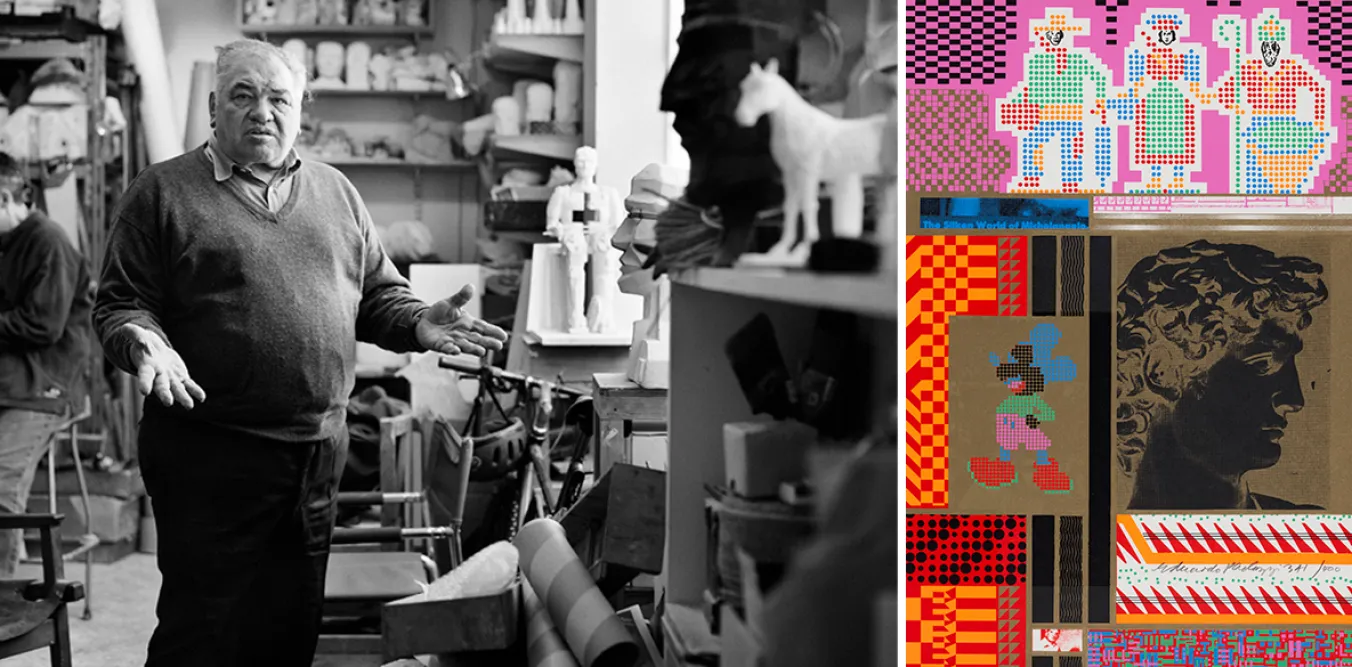
CELEBRATING 100 years since the birth of Scottish pop artist Sir Eduardo Paolozzi, a new exhibition at Edinburgh’s National Galleries Scotland explores some of the artist’s most popular works.
Eduardo Paolozzi (1927-2005) was a prolific artist most known for his hulking surrealist sculptures. However, his work crossed a range of creative styles including paper collage, lithography, silk screen, textiles, murals and ceramics.
More from this author
The phrase “cruel to be kind” comes from Hamlet, but Shakespeare’s Prince didn’t go in for kidnap, explosive punches, and cigarette deprivation. Tam is different.
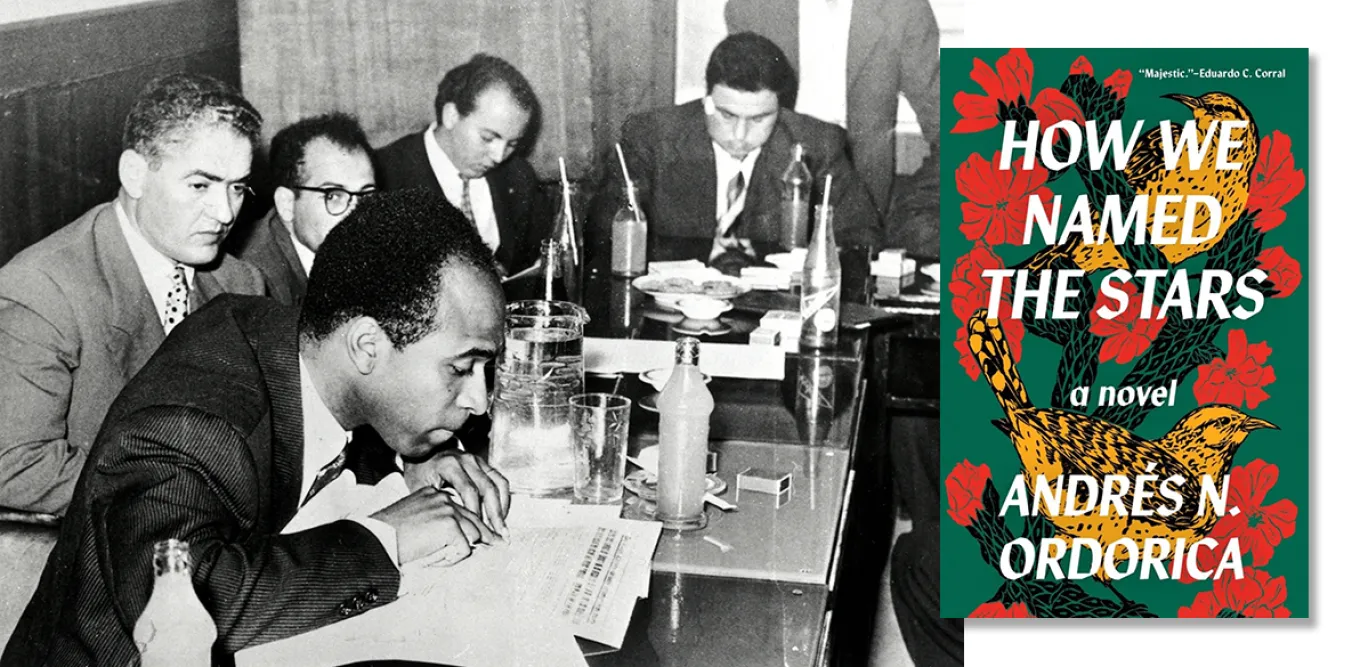
ANGUS REID deconstructs a popular contemporary novel aimed at a ‘queer’ young adult readership
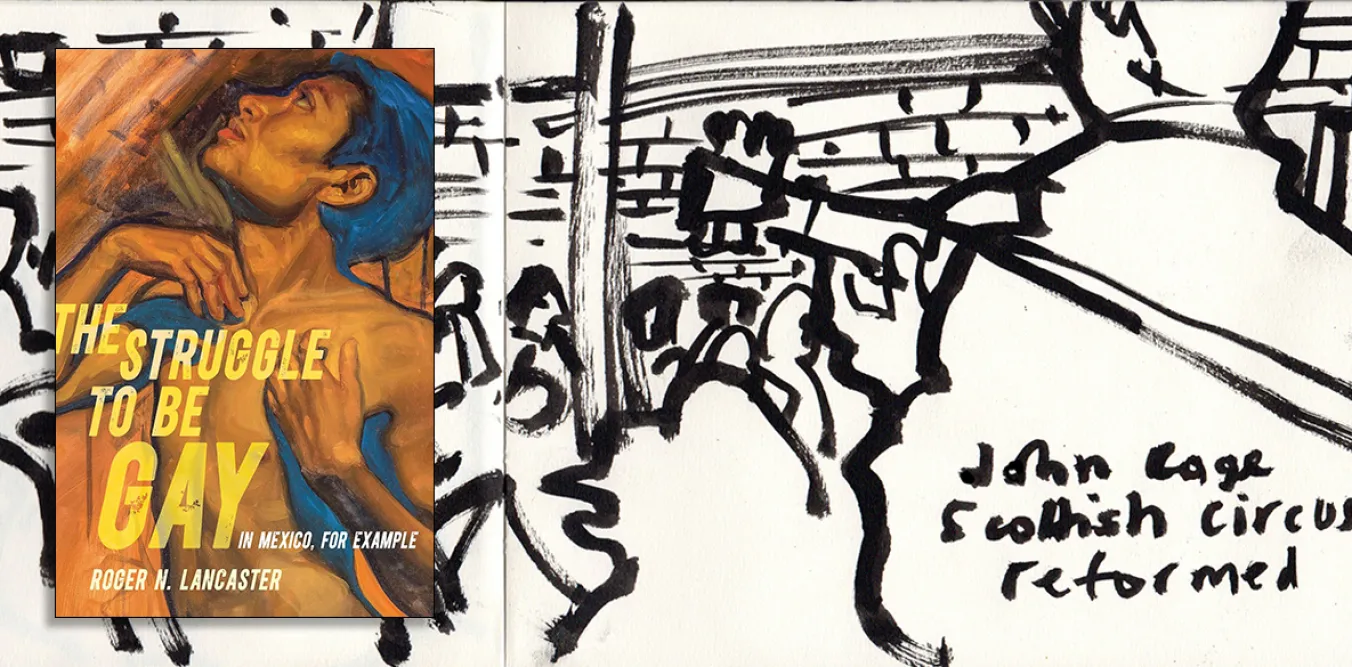
A landmark work of gay ethnography, an avant-garde fusion of folk and modernity, and a chance comment in a great interview

ANGUS REID applauds the inventive stagecraft with which the Lyceum serve up Stevenson’s classic, but misses the deeper themes
Similar stories
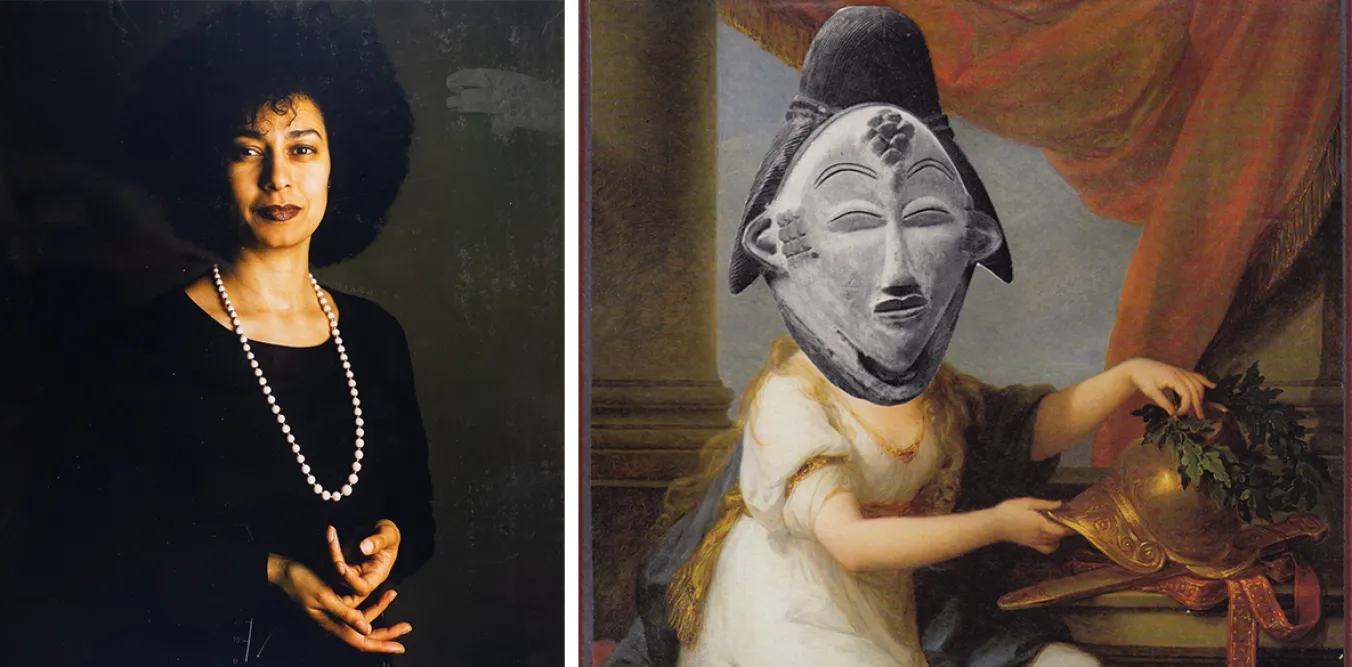
JOE JACKSON explores how growing up black amid ‘the quiet racism of Scotland’ shaped the art and politics of Maud Sulter
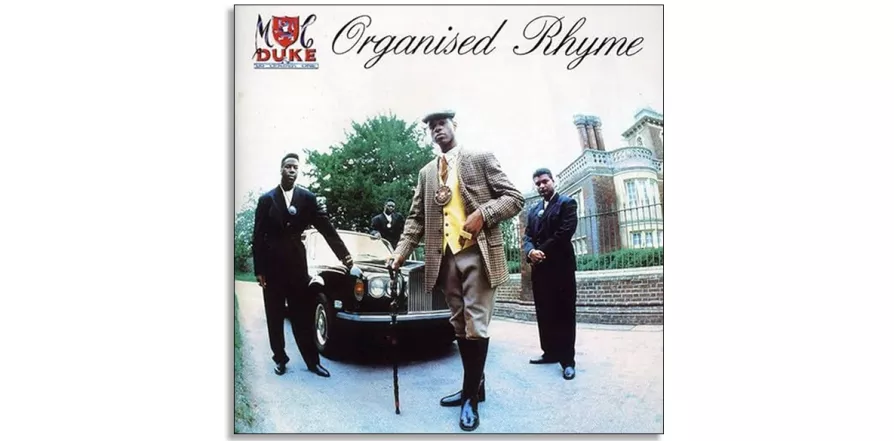
ADAM DE PAOR-EVANS remembers MC Duke: a pioneering British rapper more people should know about

VANESSA CORBY asks what will the arts do for everyday working people?

ABAYOMI AWELEWA celebrates AKINWANDE OLUWOLE SOYINKA, the legendary African author whose work shows the powerful role of the arts in challenging oppression, advocating for justice and inspiring social change









